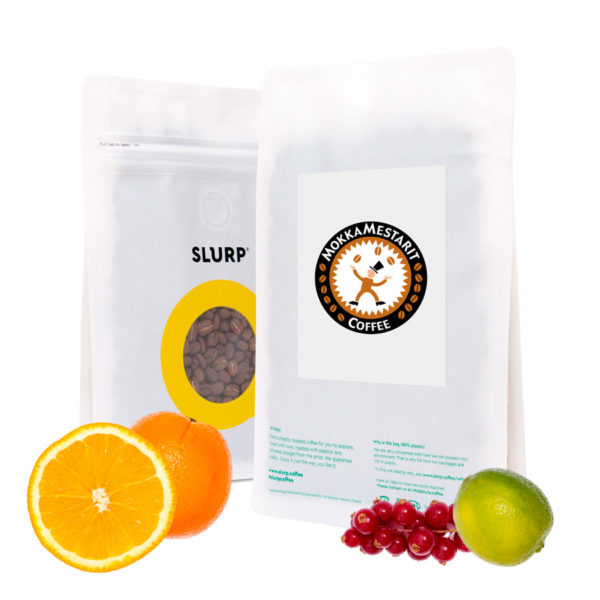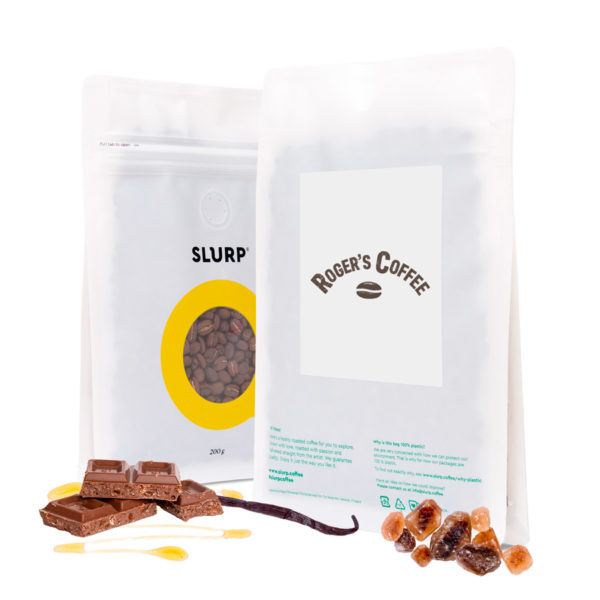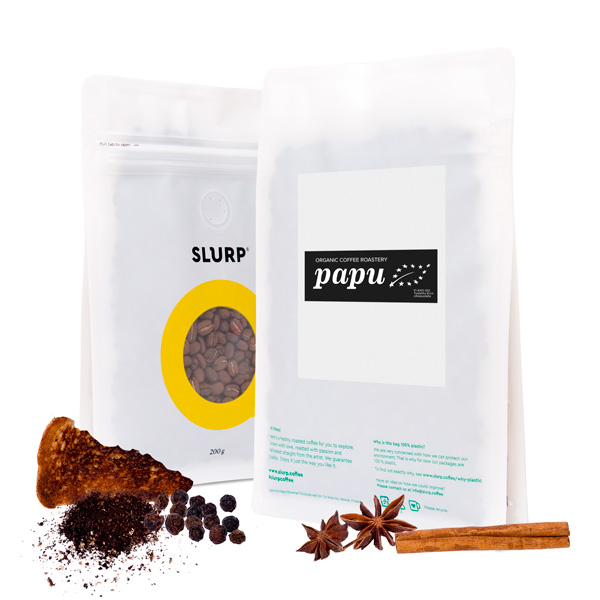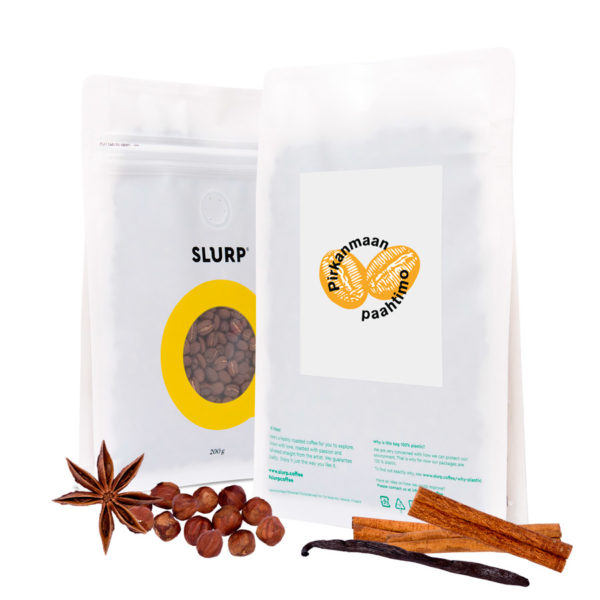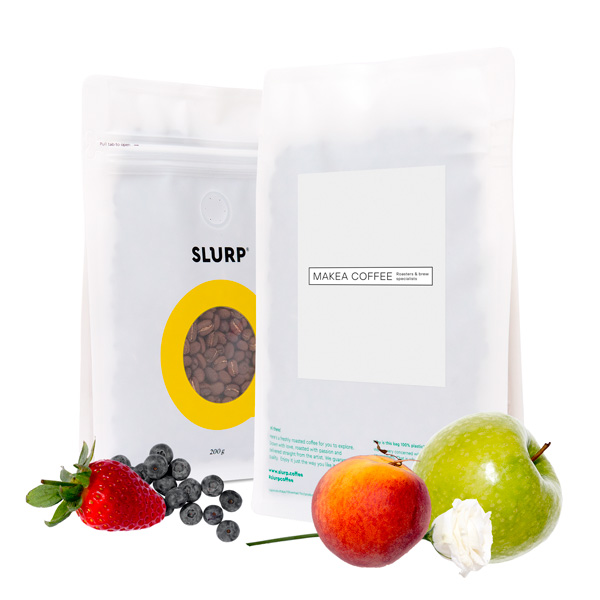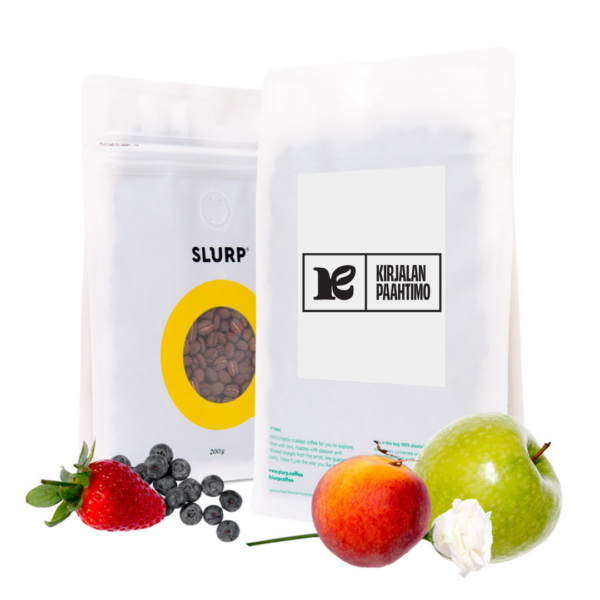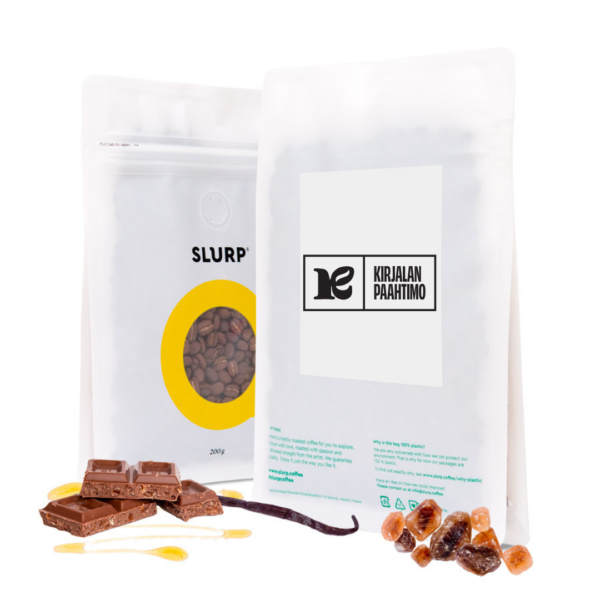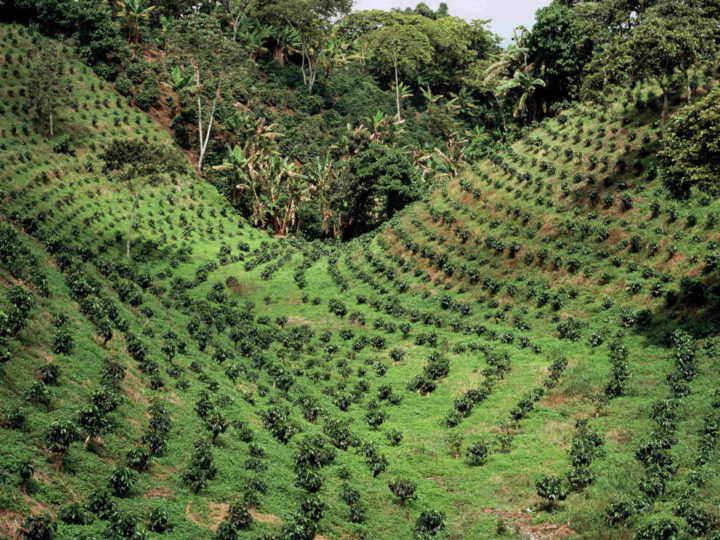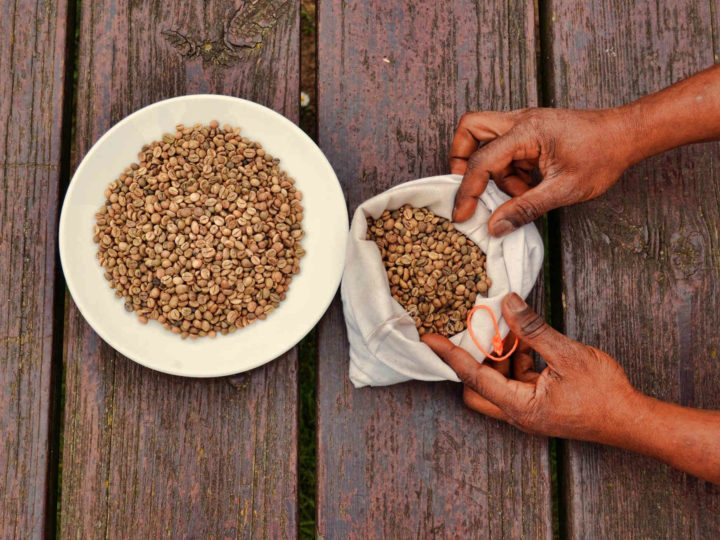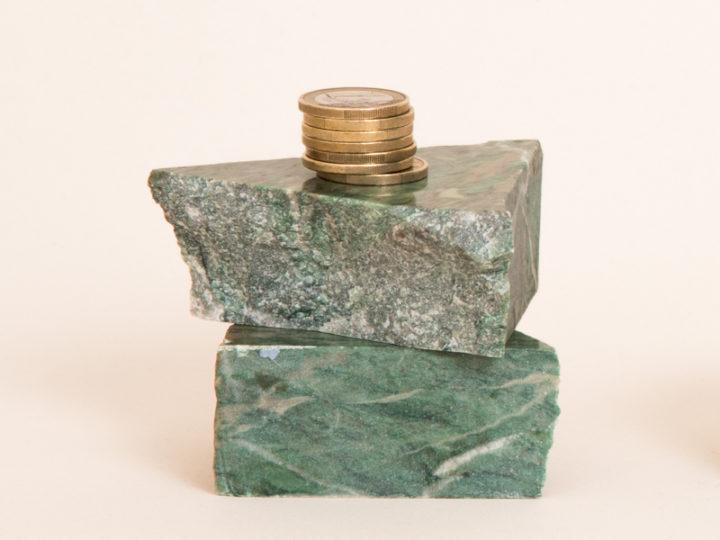Decaffeinated coffee – what is it?
In practice, decaffeinated coffee is coffee that, unlike regular coffee, contains almost no caffeine. Coffee naturally contains caffeine, which means that decaffeinated coffees undergo various processing methods that reduce the caffeine content to almost zero. This means that decaffeinated coffee is not grown directly in nature. At least there is no processing method yet that can remove 100% of the caffeine from coffee, but as processing methods continue to evolve, so does the demand for decaffeinated coffee.
So what happens to coffee beans when they are decaffeinated? Here are four of the most common decaffeination methods used to remove caffeine from coffee. While each processing method affects the taste of the coffee in some way, the most advanced methods aim to do so without damaging the taste experience of the coffee.
1. Swiss Water Process (SWP)
- Uses only water, temperature, and time to remove caffeine.
- Starts by soaking green coffee beans in hot water to dissolve caffeine and flavour compounds.
- The water is then passed through a charcoal filter that removes caffeine while keeping flavour compounds.
- The beans are then reintroduced to the flavored water, allowing them to reabsorb their original taste.
Pros: 100% chemical-free, retains more flavour.
Cons: More expensive, not as widely available.
2. CO₂ (Carbon Dioxide) Process
- Uses pressurized carbon dioxide to extract caffeine from coffee beans.
- The beans are soaked in water, then placed in a pressurized CO₂ chamber, where CO₂ binds with the caffeine.
- The CO₂ is then separated, leaving behind decaffeinated beans.
Pros: No chemical residues, preserves flavor well, often used for high-quality coffees.
Cons: Expensive, mainly used in large-scale industrial processing.
3. Ethyl Acetate (EA) / Sugar Cane Process
- Uses ethyl acetate, a natural compound found in fruits and sugarcane.
- Coffee beans are soaked in an ethyl acetate solution, which bonds to caffeine and removes it.
- Often marketed as “naturally decaffeinated” because ethyl acetate can be derived from sugarcane.
Pros: Retains more flavor, considered a more natural method than synthetic chemicals.
Cons: Can leave behind a slight fruity note, some chemical use involved.
4. Methylene Chloride (MC) Process
- Uses methylene chloride, a chemical solvent, to remove caffeine.
- Beans are either steamed or soaked in water, then exposed to MC, which selectively removes caffeine.
- The beans are then dried and roasted.
Pros: Preserves more flavor than water-based methods.
Cons: Chemical-based, but the final product is considered safe, as MC evaporates at high temperatures.
Which processing method is the best?
There are different processing methods, but it is entirely a matter of taste as to which one suits your own taste and purpose best. Often, however, those who prefer to avoid extra chemicals prefer the Swiss Water or Ethyl Acetate (EA)/Sugar Cane process. These are perfect for those looking for a natural approach to their decaffeinated coffee. The CO₂ process is widely popular for high quality decaffeinated specialty coffee and is the most expensive of the methods to implement. Again, no chemical residues remain in the coffee. The MC process is a chemical process, but retains more of the original flavour of the coffee.
The best way to learn about the different methods of decaffeination is to taste differently processed coffees and find your favourite.
Comments (0)
Leave a reply
You must be logged in to post a comment.

